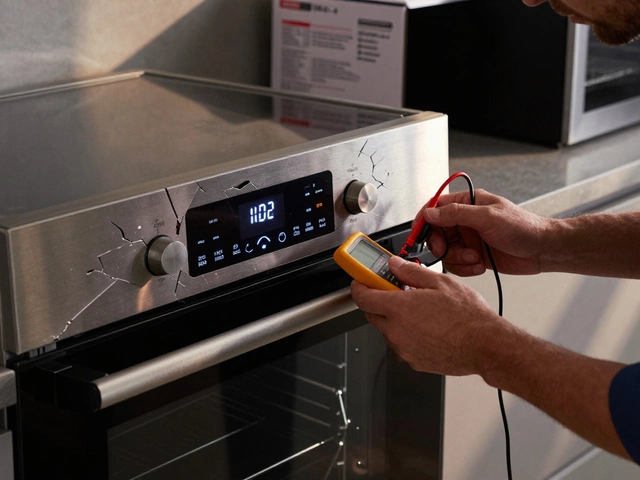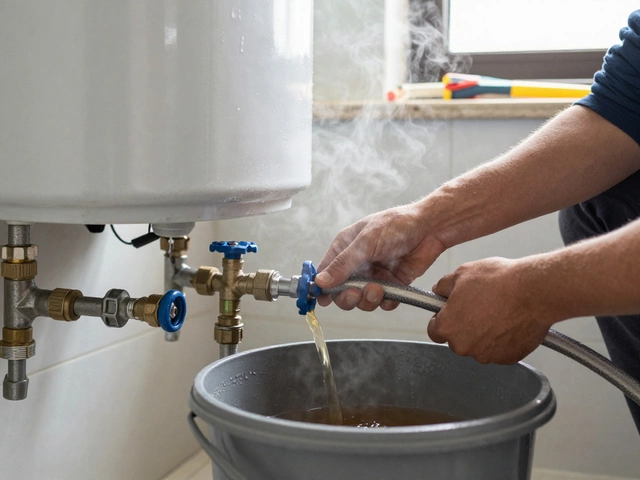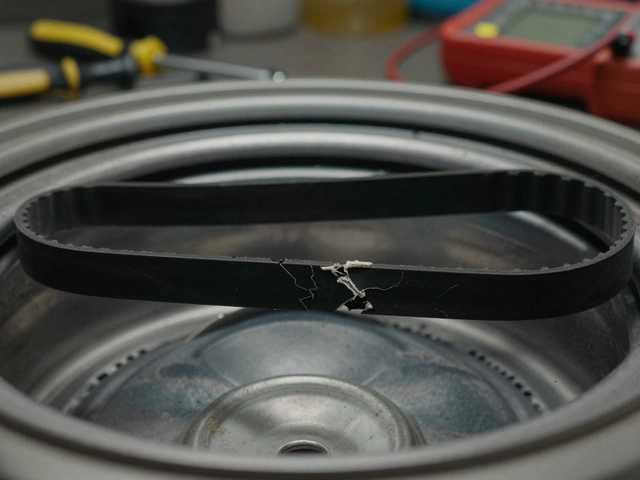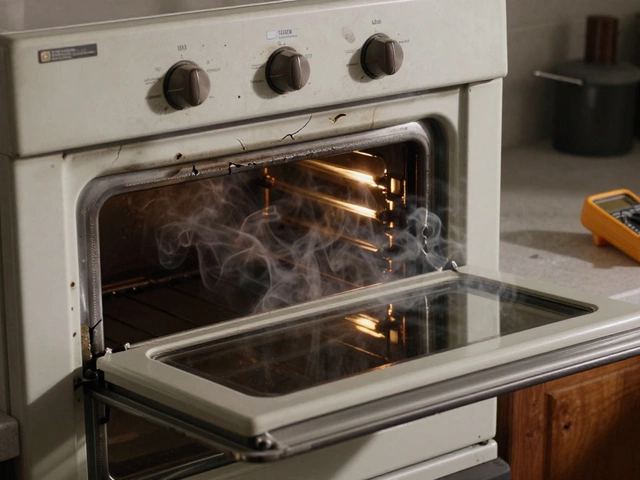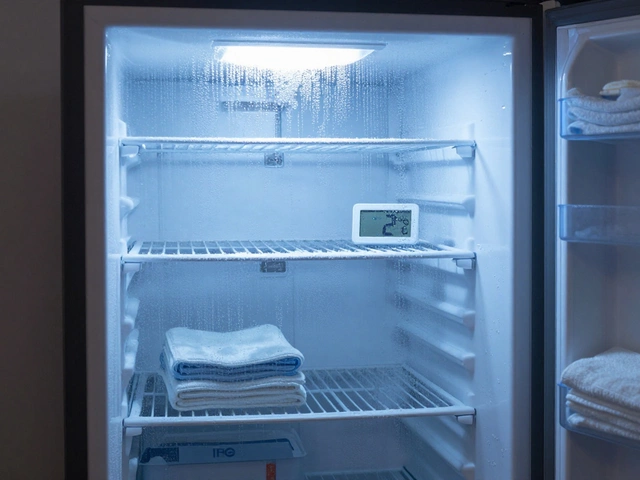Landlord Repairs NZ: Quick Guide for Rental Property Appliances
Being a landlord in New Zealand means you’re on call for everything that can go wrong in a rental home. From a fridge that stops cooling to a dryer that won’t spin, tenants expect fast fixes. This guide gives you straight‑forward steps to handle common appliance issues, decide when a repair makes sense, and pick a trustworthy repair service without wasting time or money.
First off, keep a simple record of every appliance you own – model, purchase date, and warranty info. When a tenant reports a problem, ask for a brief description: what’s not working, when it started, and any odd noises or smells. That info helps you narrow down the cause and decide if it’s a quick DIY fix or a job for a professional.
Fix it yourself or call a pro?
Some issues are safe to tackle yourself. For example, if a dishwasher won’t start, check the power cord, reset the circuit breaker, and make sure the door latch is closing fully. A clogged washing‑machine filter is another easy fix that often solves drainage problems. You can find step‑by‑step videos online, and most parts are cheap at local hardware stores.
However, many repairs involve sealed components, refrigerant, or high‑voltage parts. A broken oven heating element, a compressor failure in a fridge, or a faulty boiler can be dangerous if you aren’t licensed. In those cases, call a certified technician. Trying to fix a sealed‑system refrigerator yourself can void warranties and cause expensive water damage.
Pick the right repair service
When you need a pro, look for a company that serves landlords specifically. They’ll understand tenancy laws, know how to work around tenant schedules, and often offer bulk‑job discounts. Check that they’re fully insured, have good reviews, and can provide a clear, written quote before starting work.
Ask for a written guarantee on parts and labour. A reputable service will stand behind their work for at least 12 months – that’s a safety net if the same part fails again. Also, compare response times; a five‑day turnaround is usually acceptable, but emergencies like a broken hot water heater might need same‑day service.
Cost is always on a landlord’s mind. A simple thermostat replacement in an oven might run $80‑$120, while a compressor swap in a fridge can hit $600‑$900. Use the repair‑vs‑replace rule of thumb: if the repair costs more than half the price of a new unit, it’s often smarter to replace. This keeps your rental property modern and reduces future breakdowns.
Don’t forget regular maintenance. Schedule a yearly check‑up for key appliances – especially boilers, heat pumps, and refrigerators. A quick clean‑out of condenser coils or a firmware update on a smart oven can extend life by years and keep tenants happy.
Finally, communicate clearly with your tenants. Let them know the expected repair timeline, whether you’ll handle the job yourself or send a contractor, and any temporary work‑arounds they can use. Good communication reduces frustration and protects you from disputes later on.
By keeping records, knowing when to DIY, choosing the right pro, and staying on top of maintenance, you can turn appliance hassles into routine chores. That means less downtime for your rental units, happier tenants, and a stronger bottom line for you as a landlord in New Zealand.
16 September 2025
·
0 Comments
Wondering how long you can be left without heating or hot water? Get clear timeframes, legal rights (NZ focus), safety steps, and what to do to get it sorted fast.
Read more


